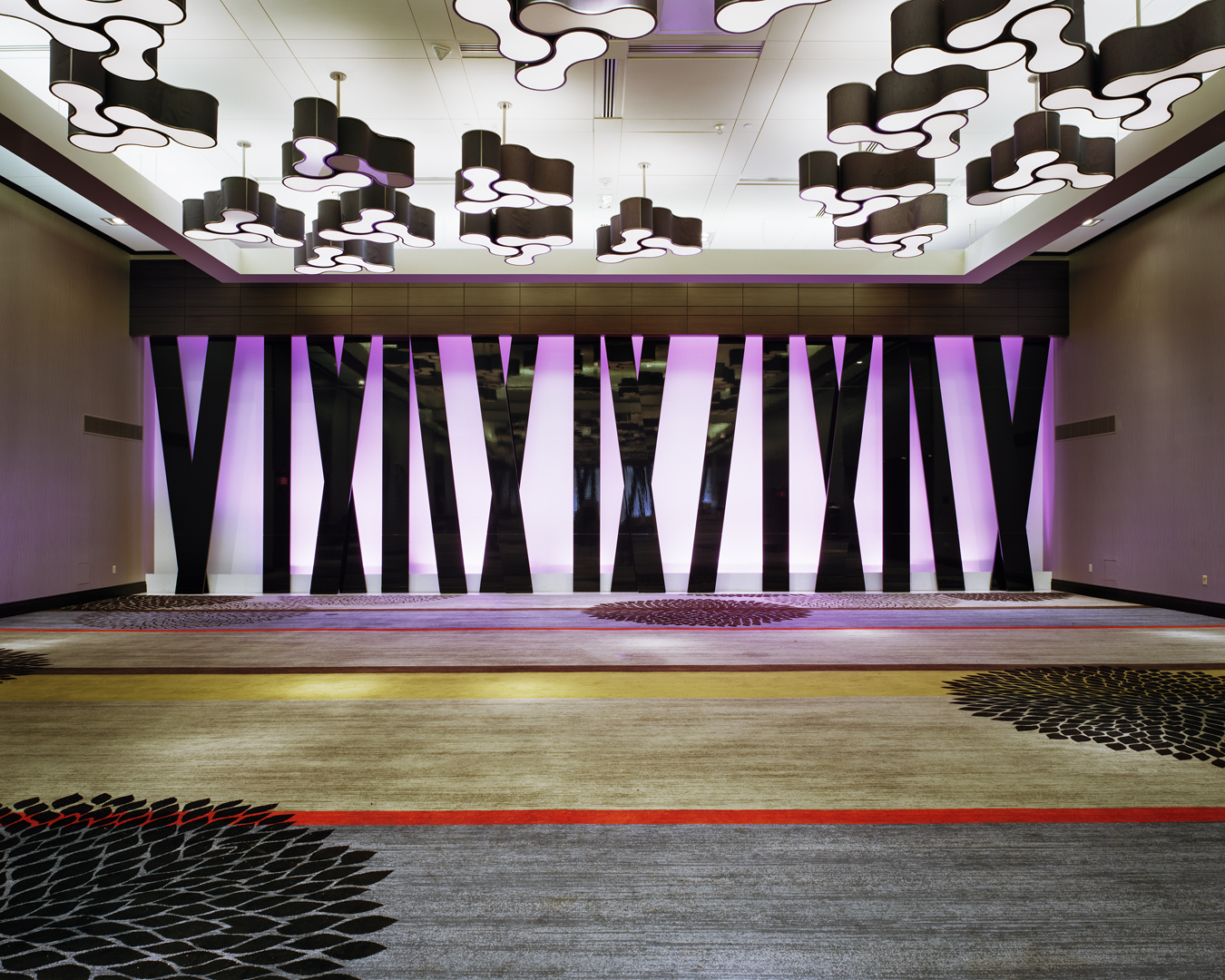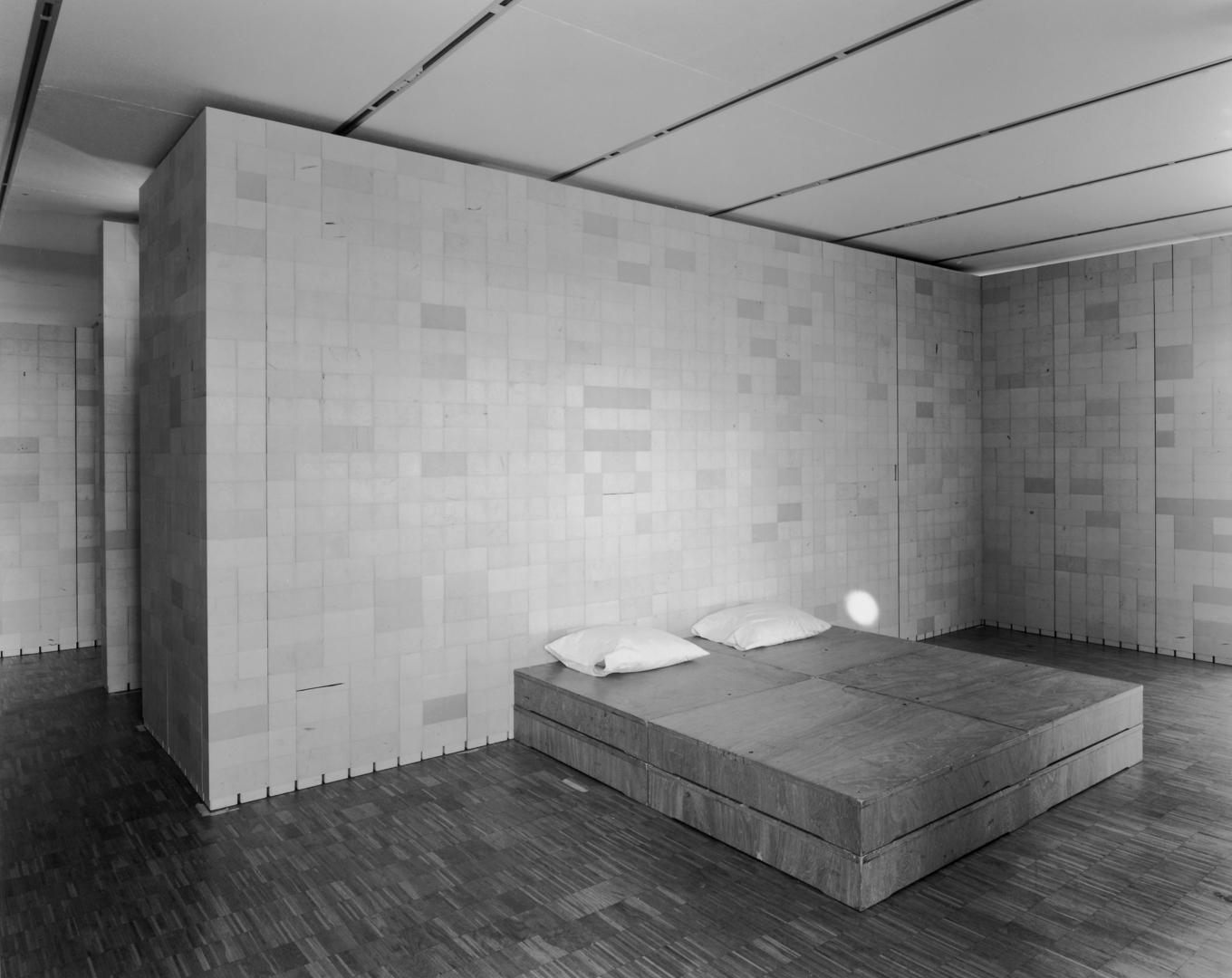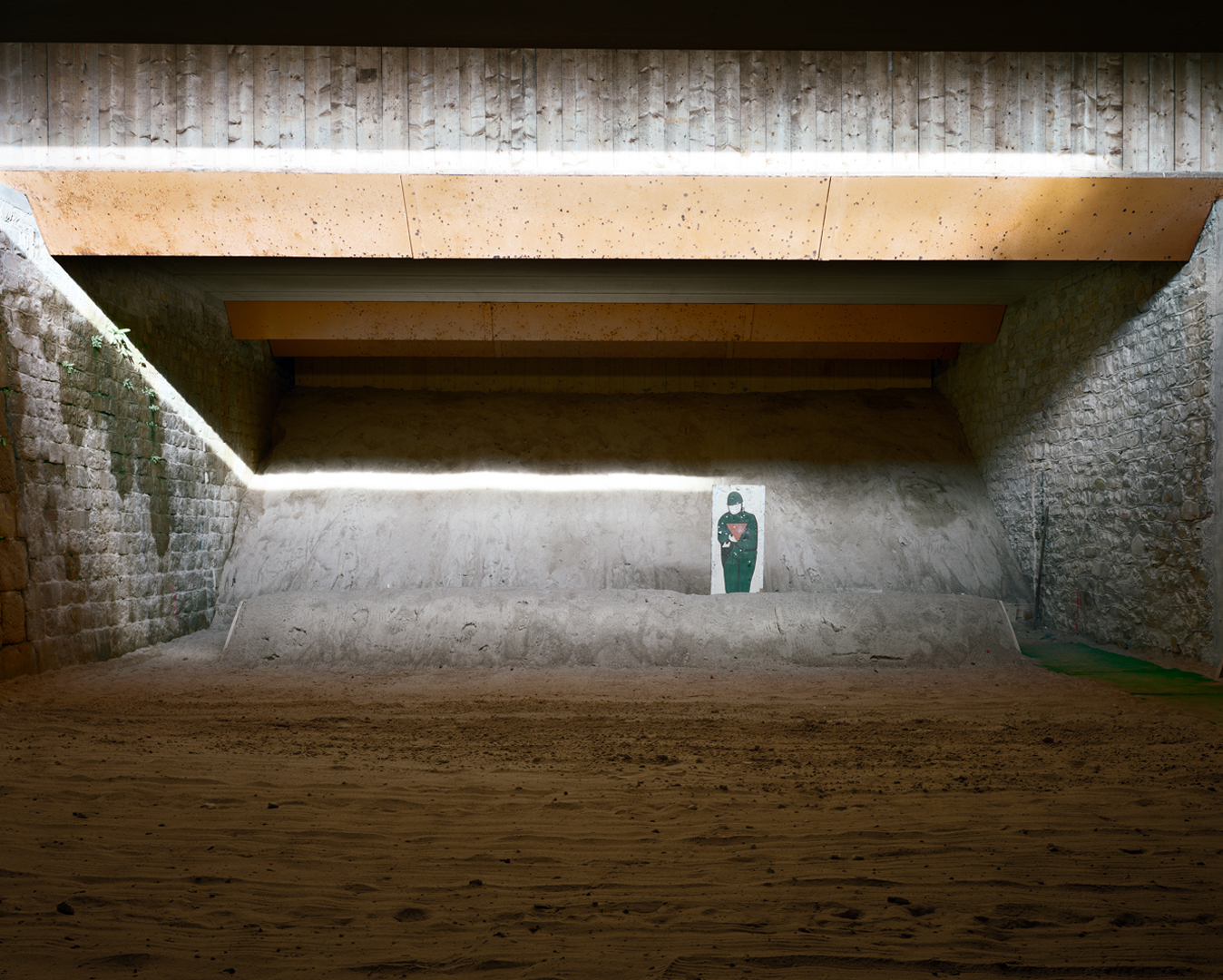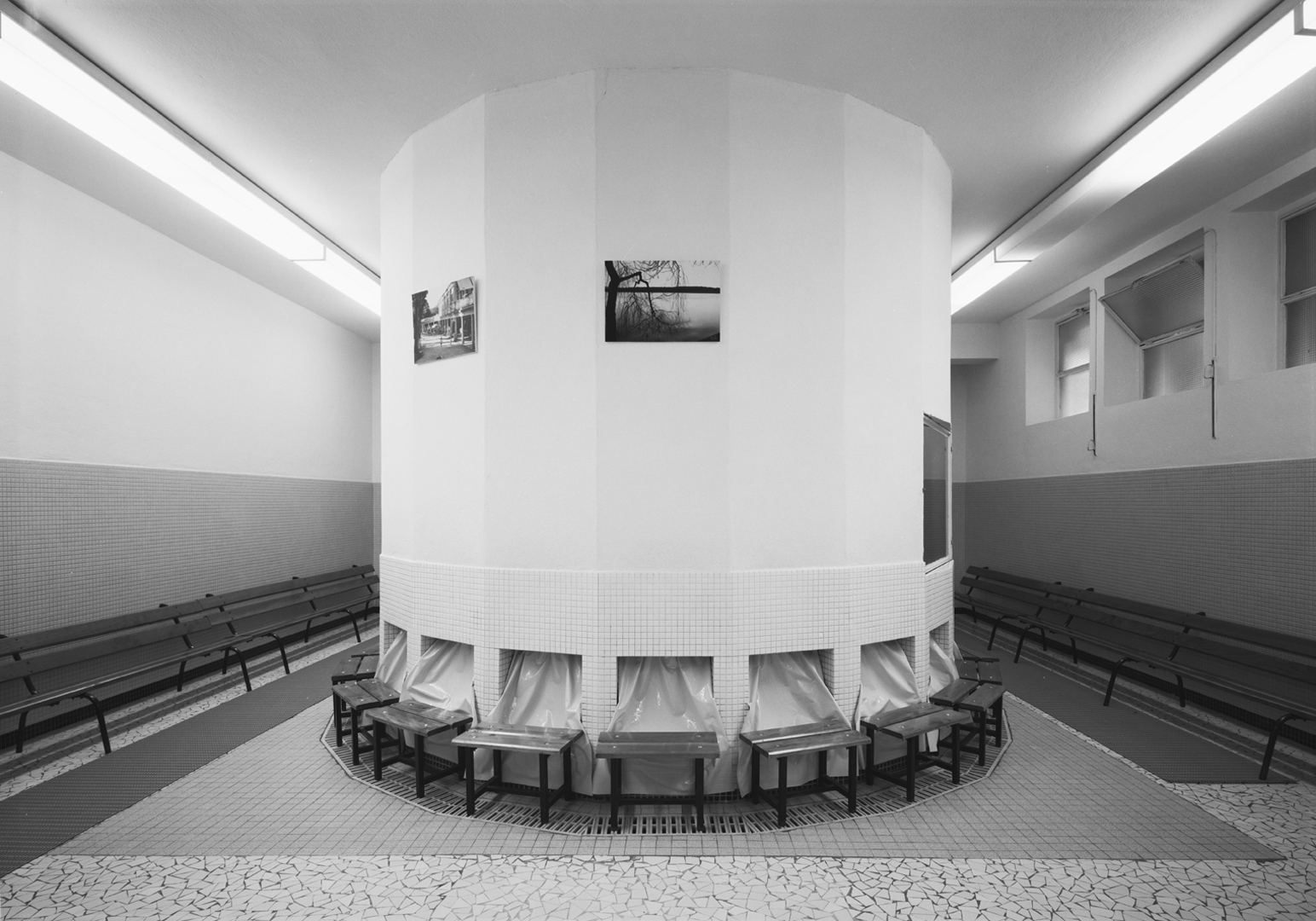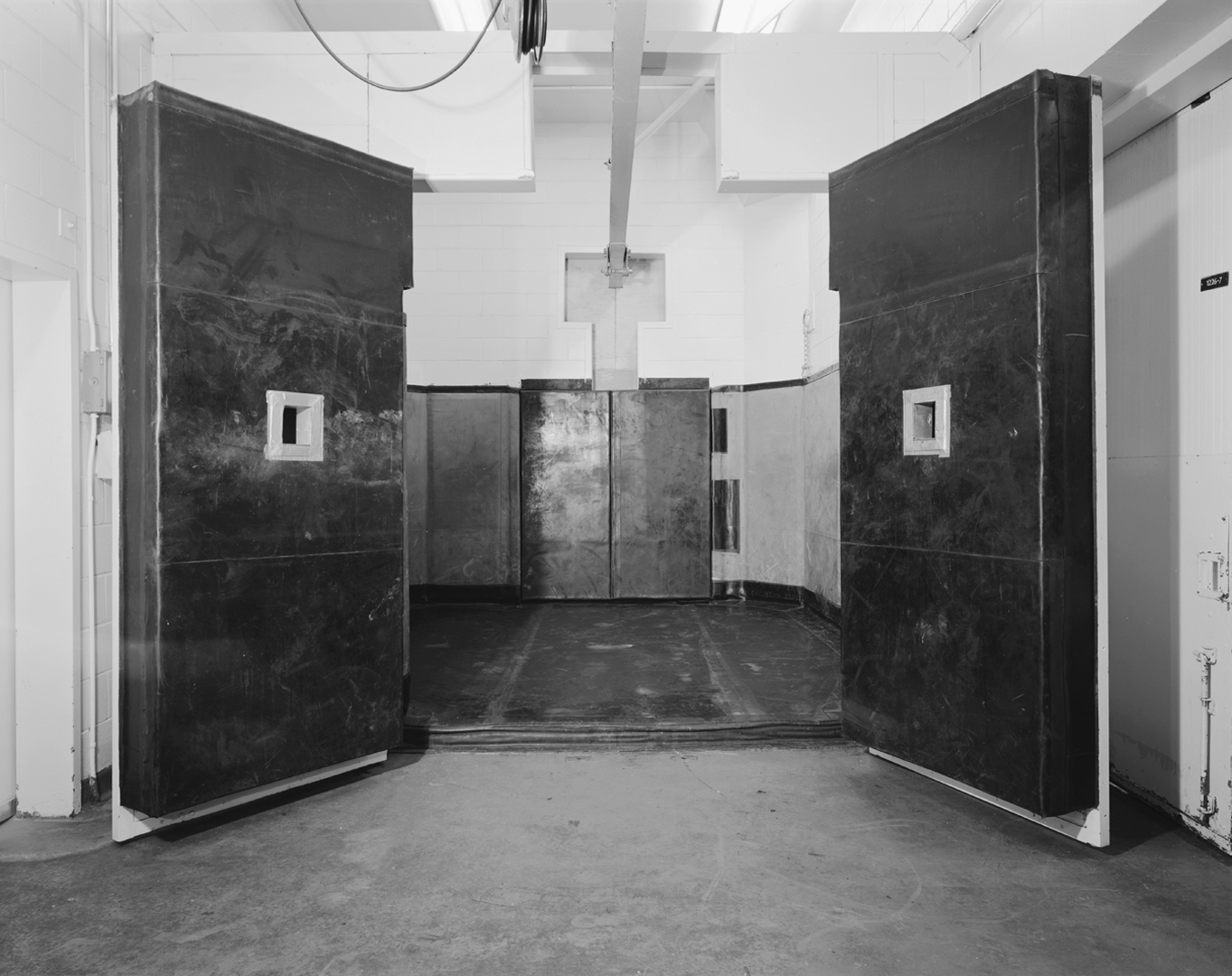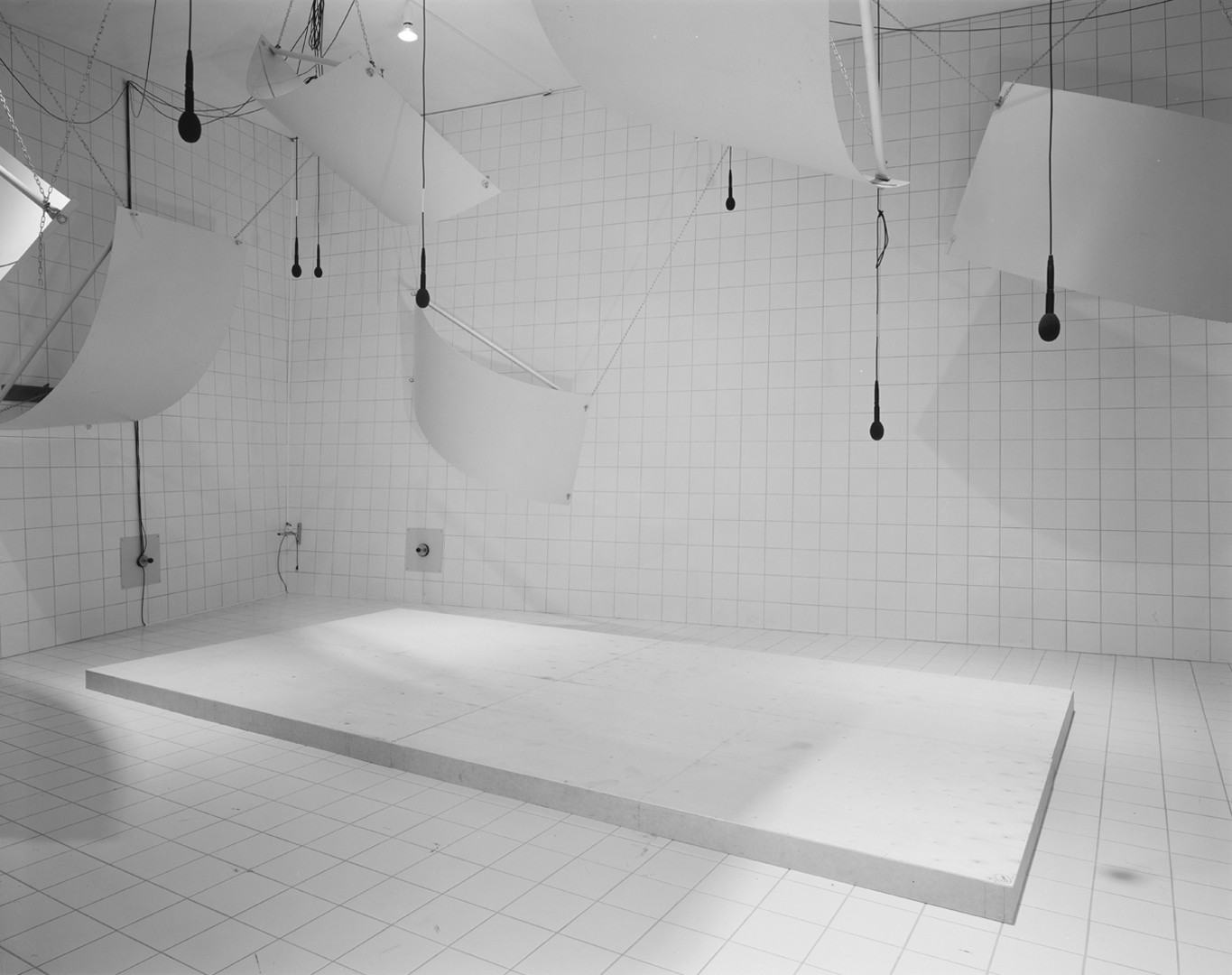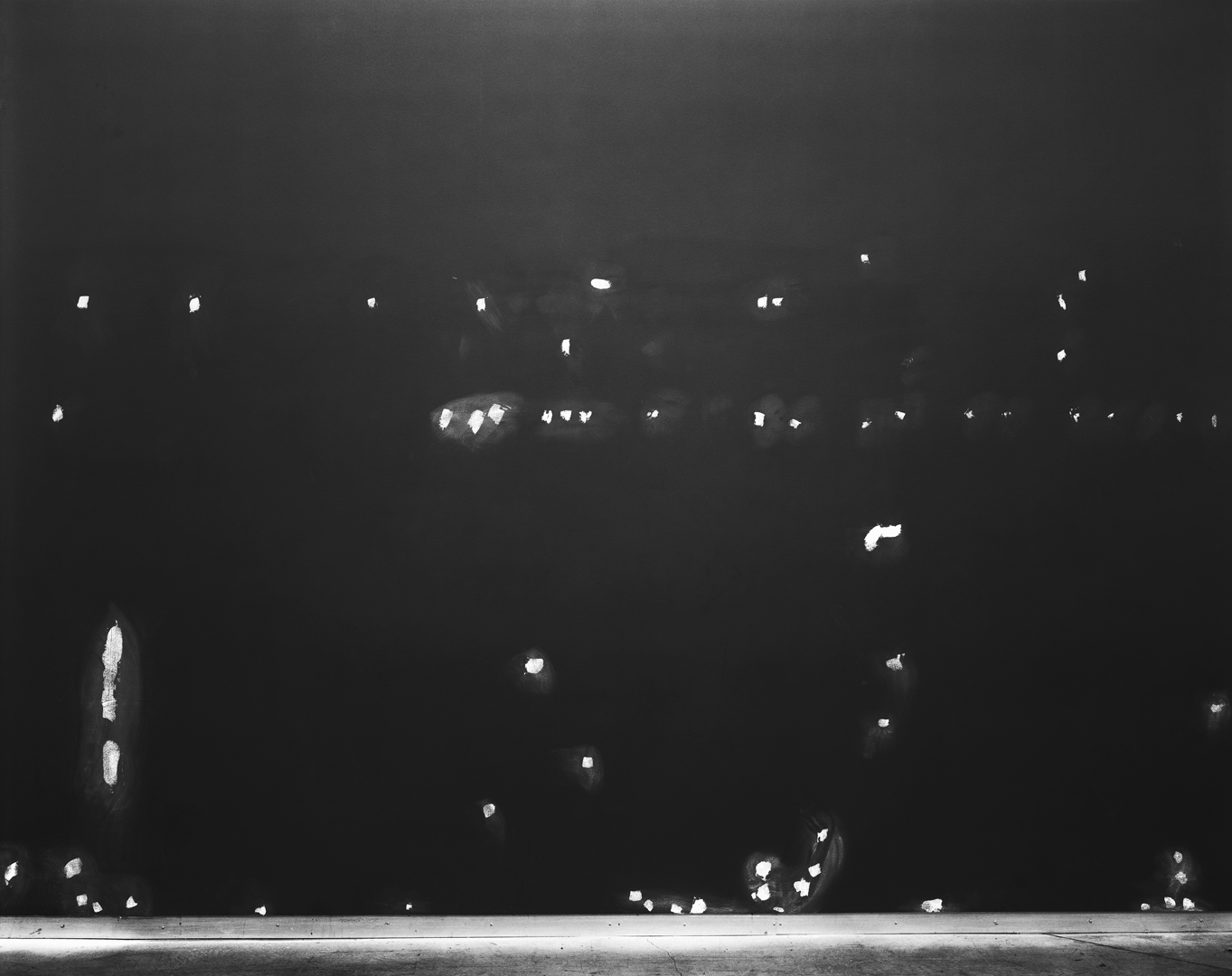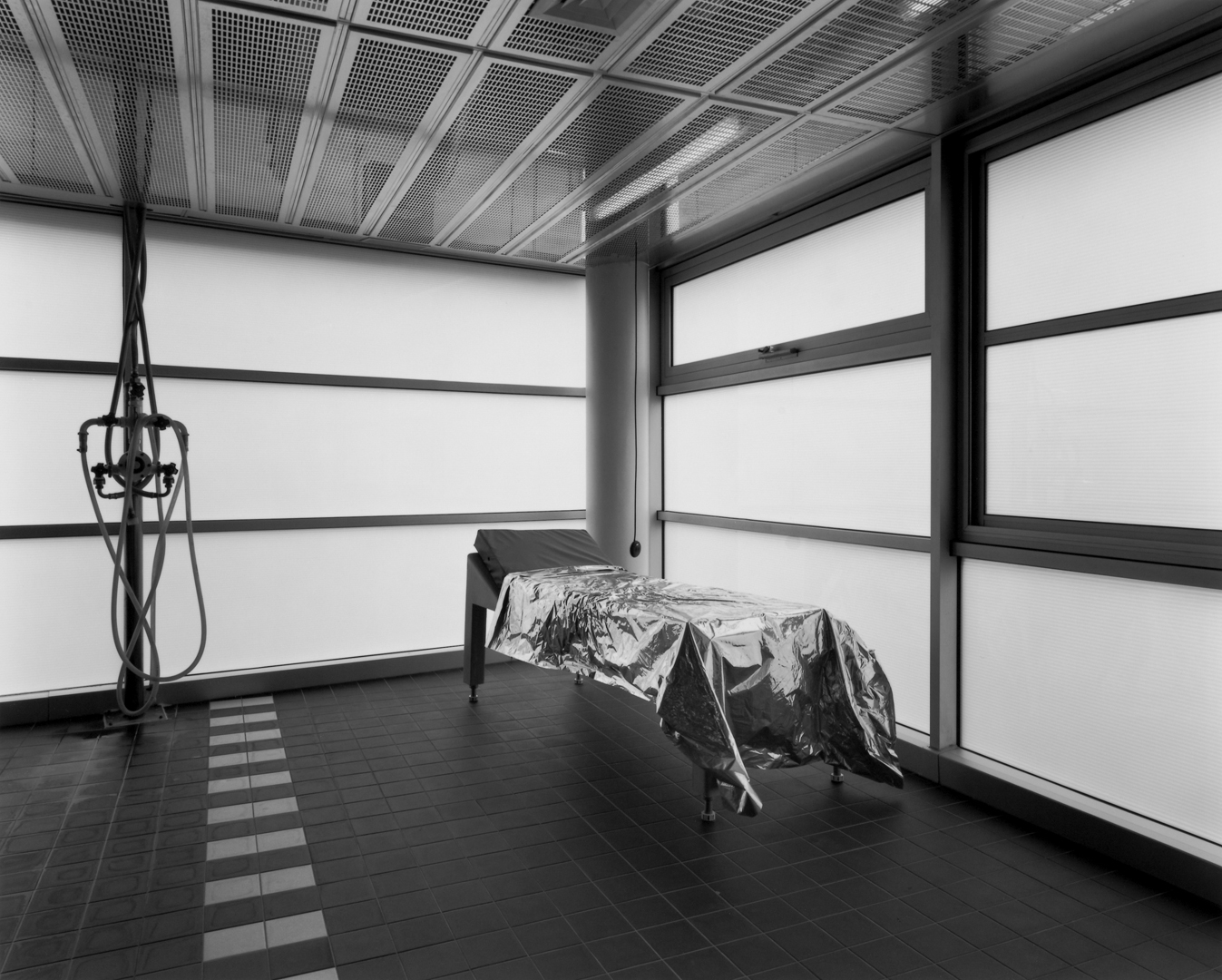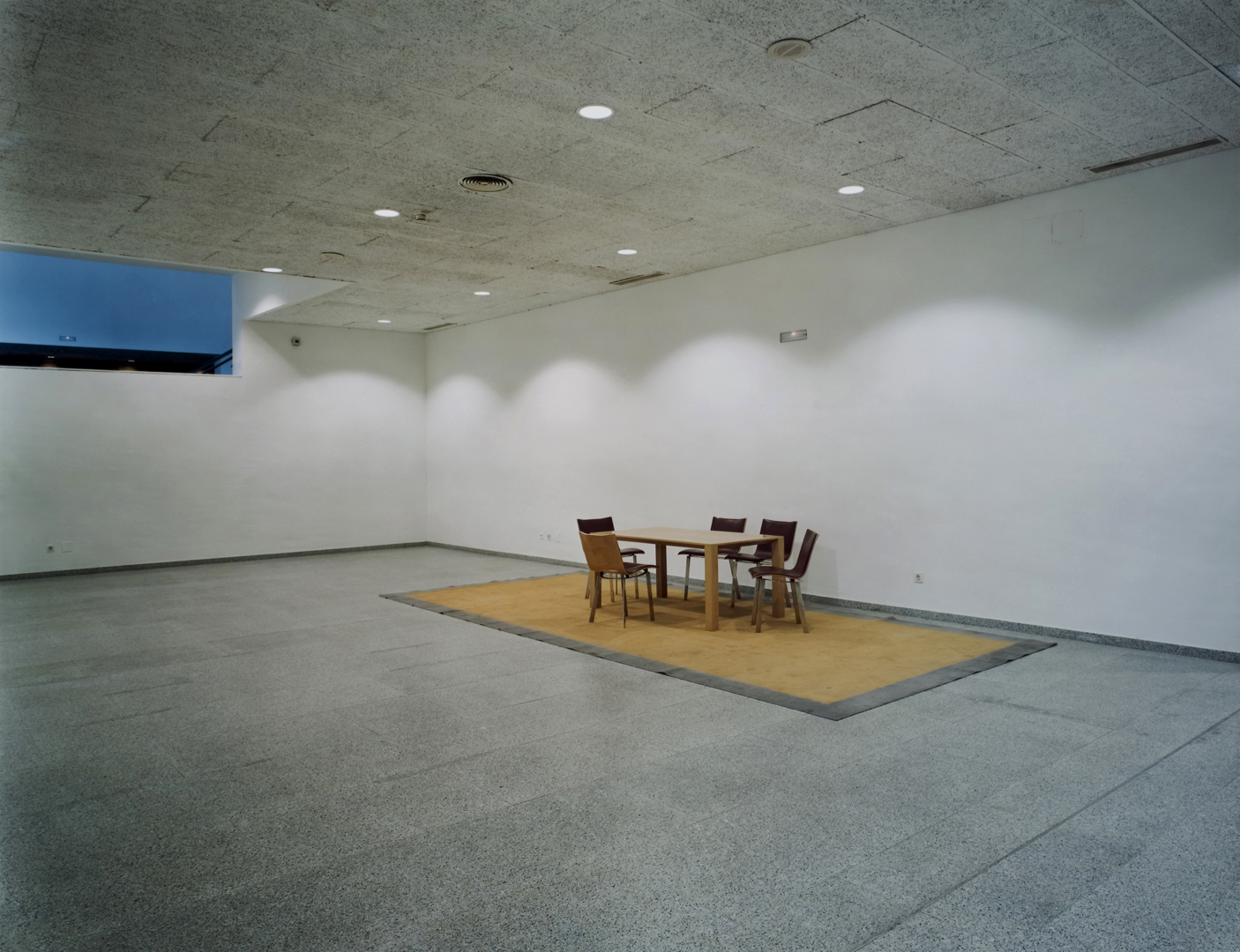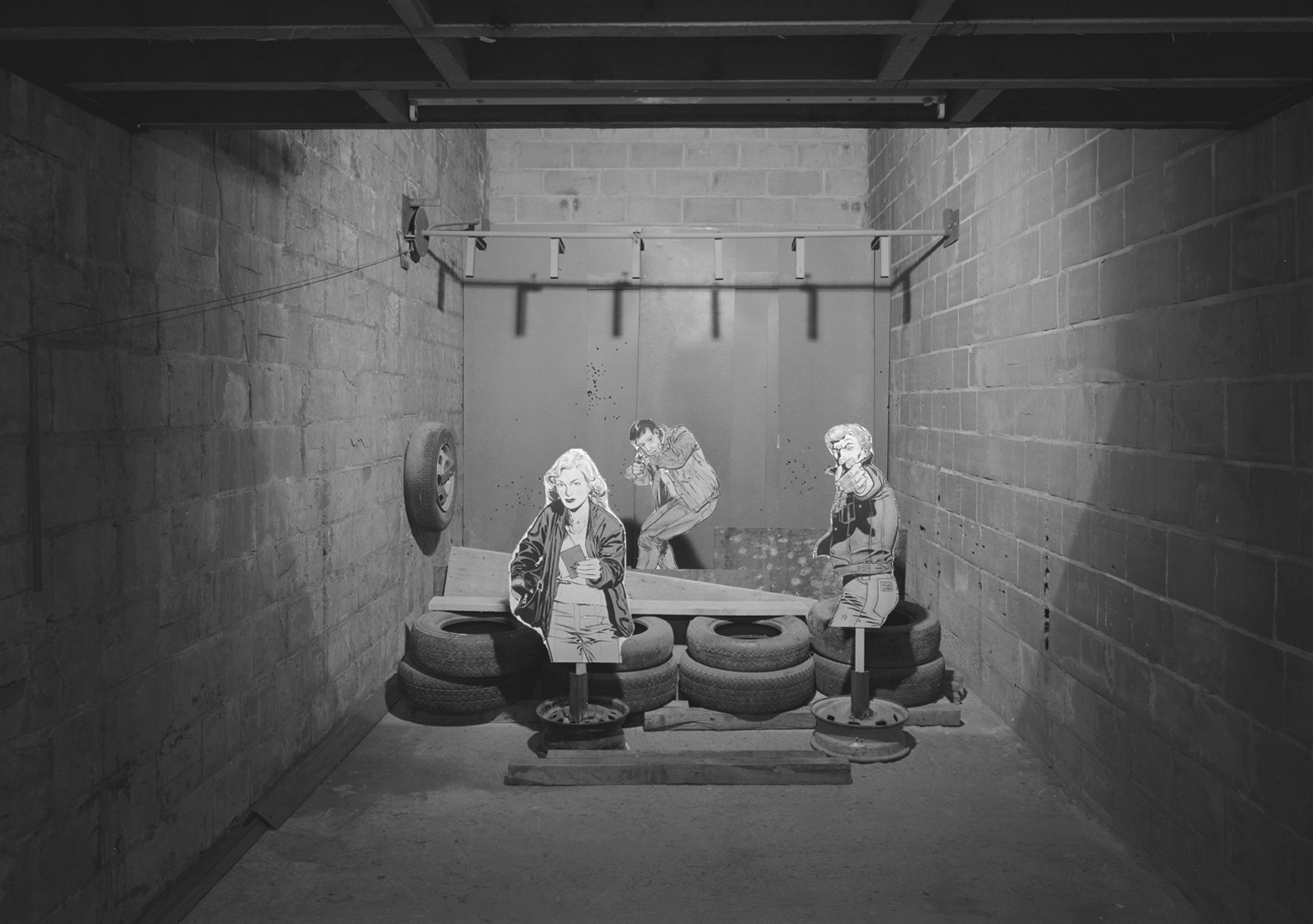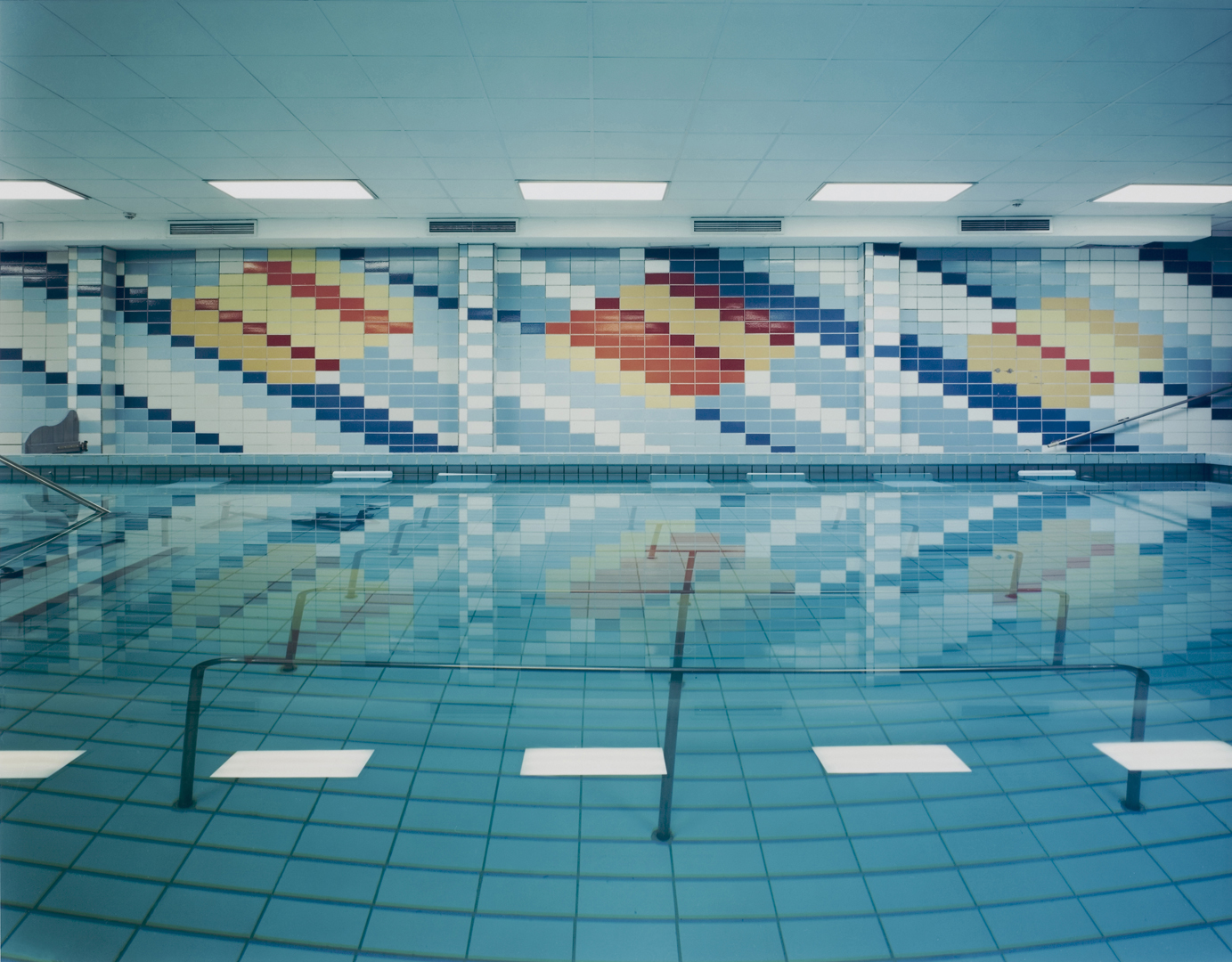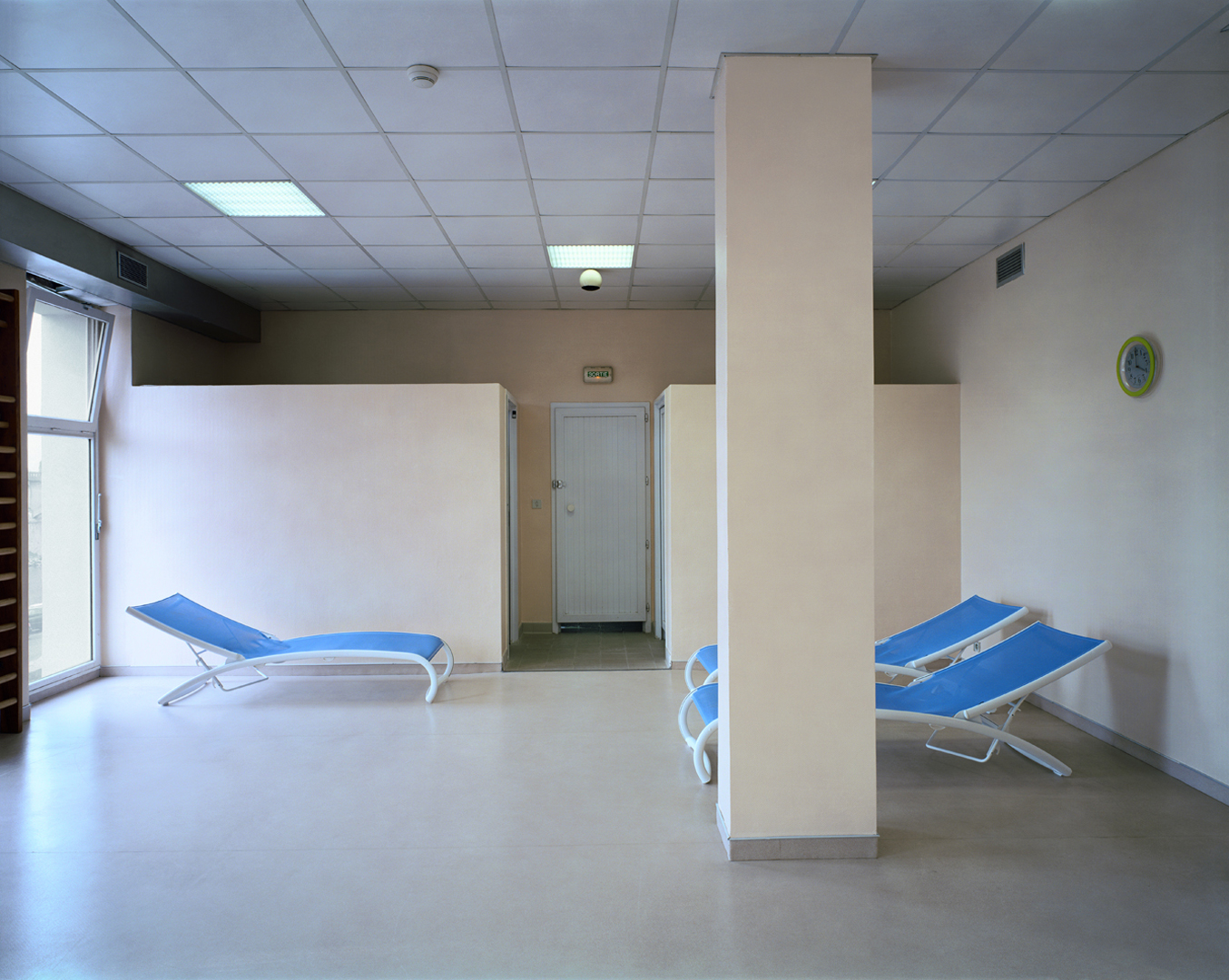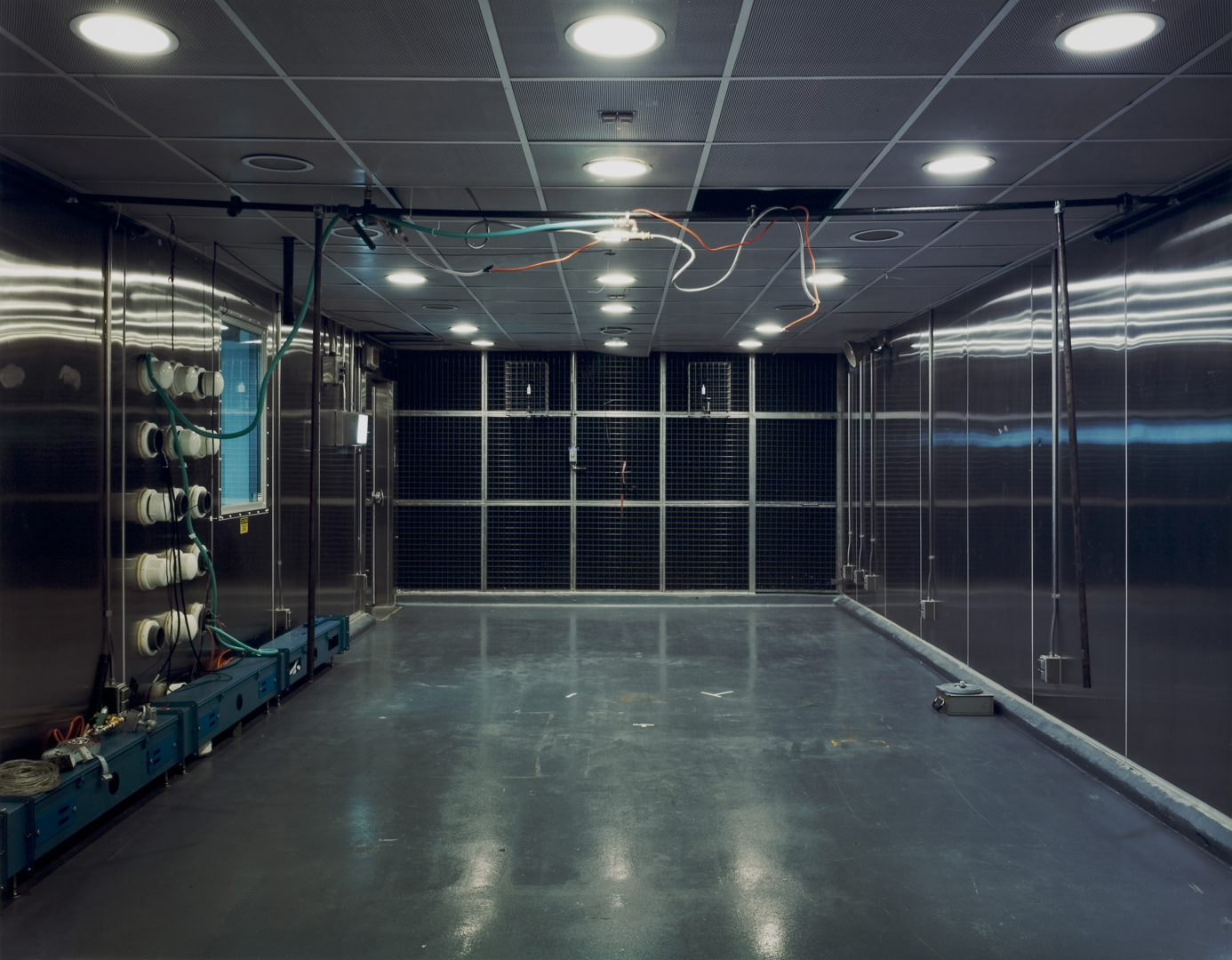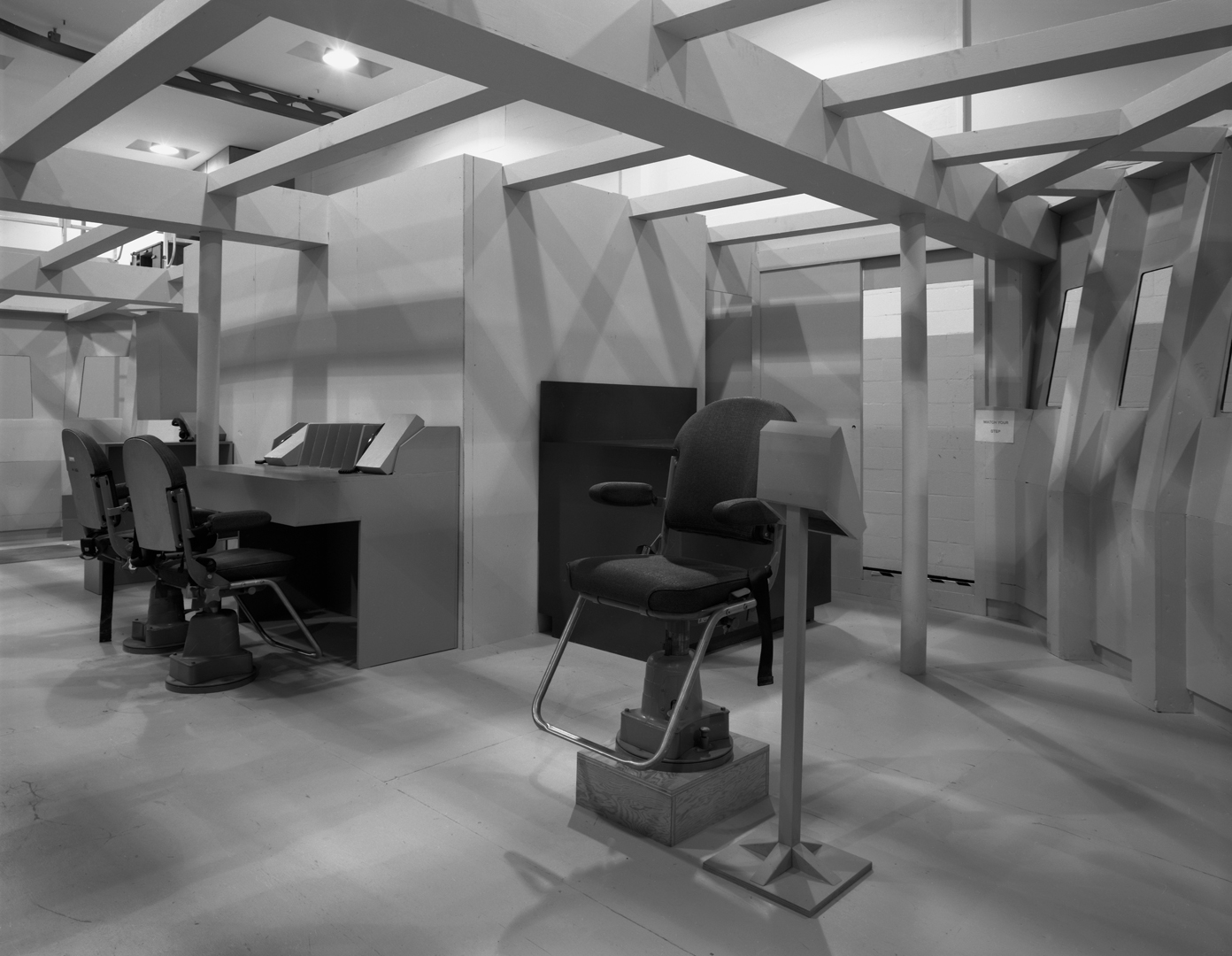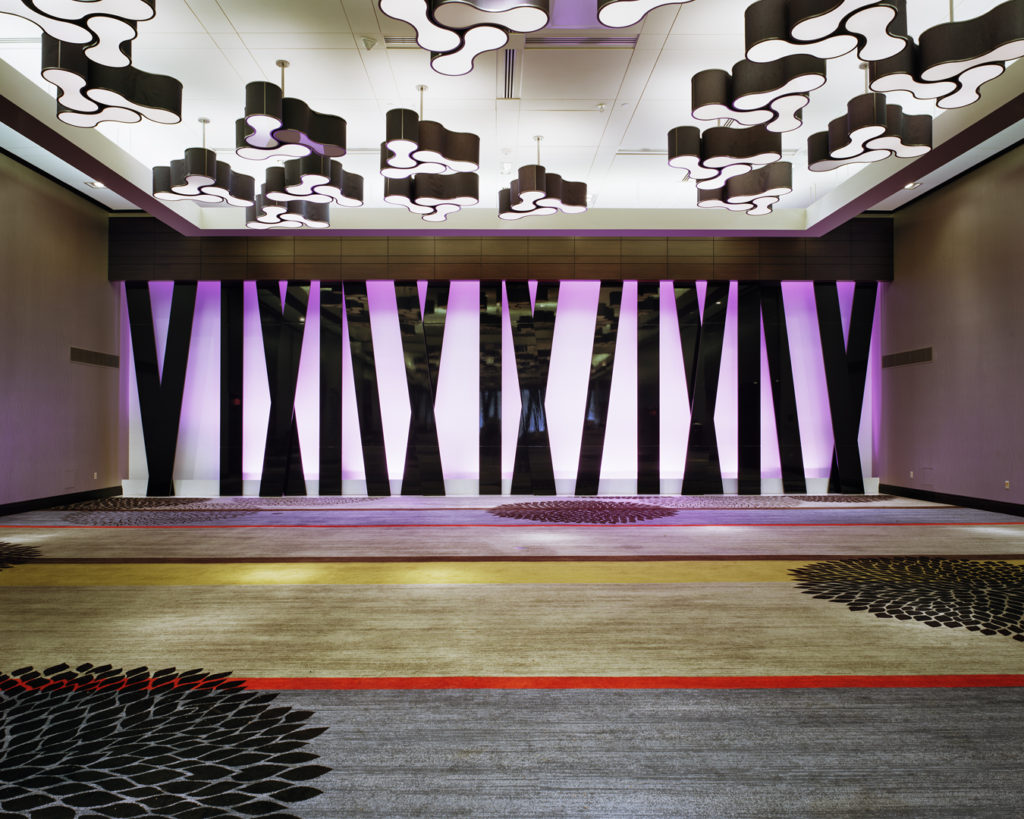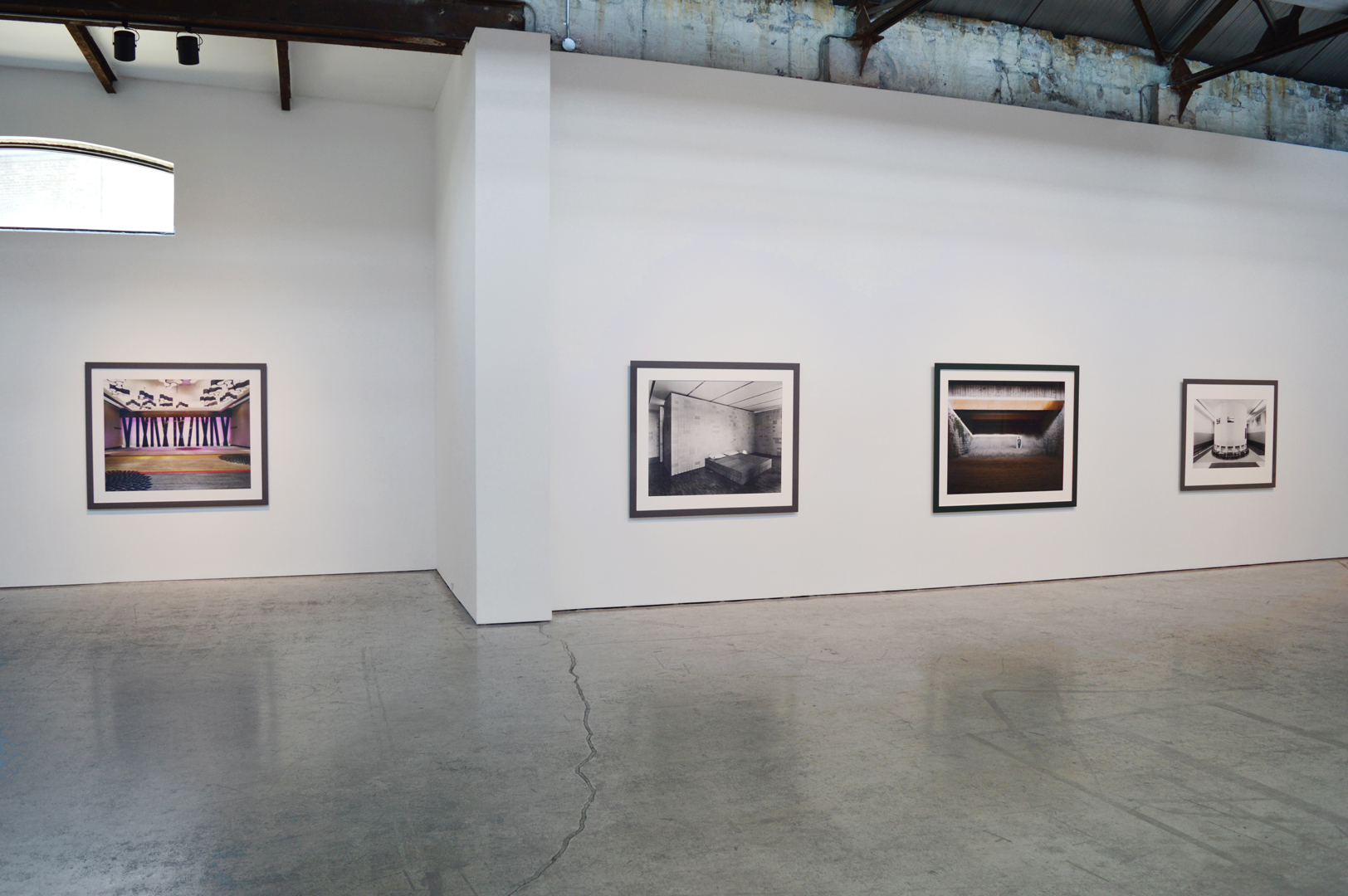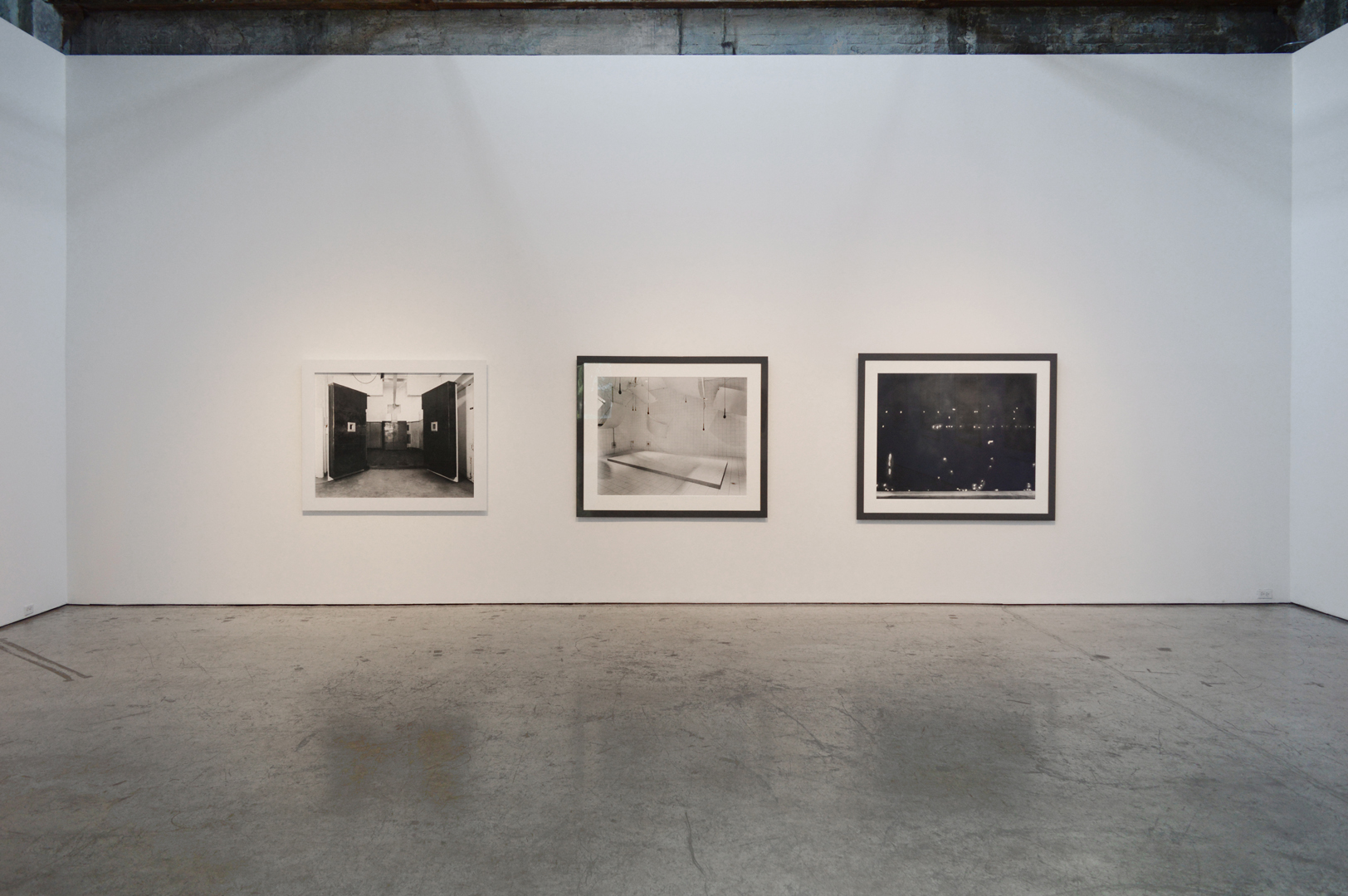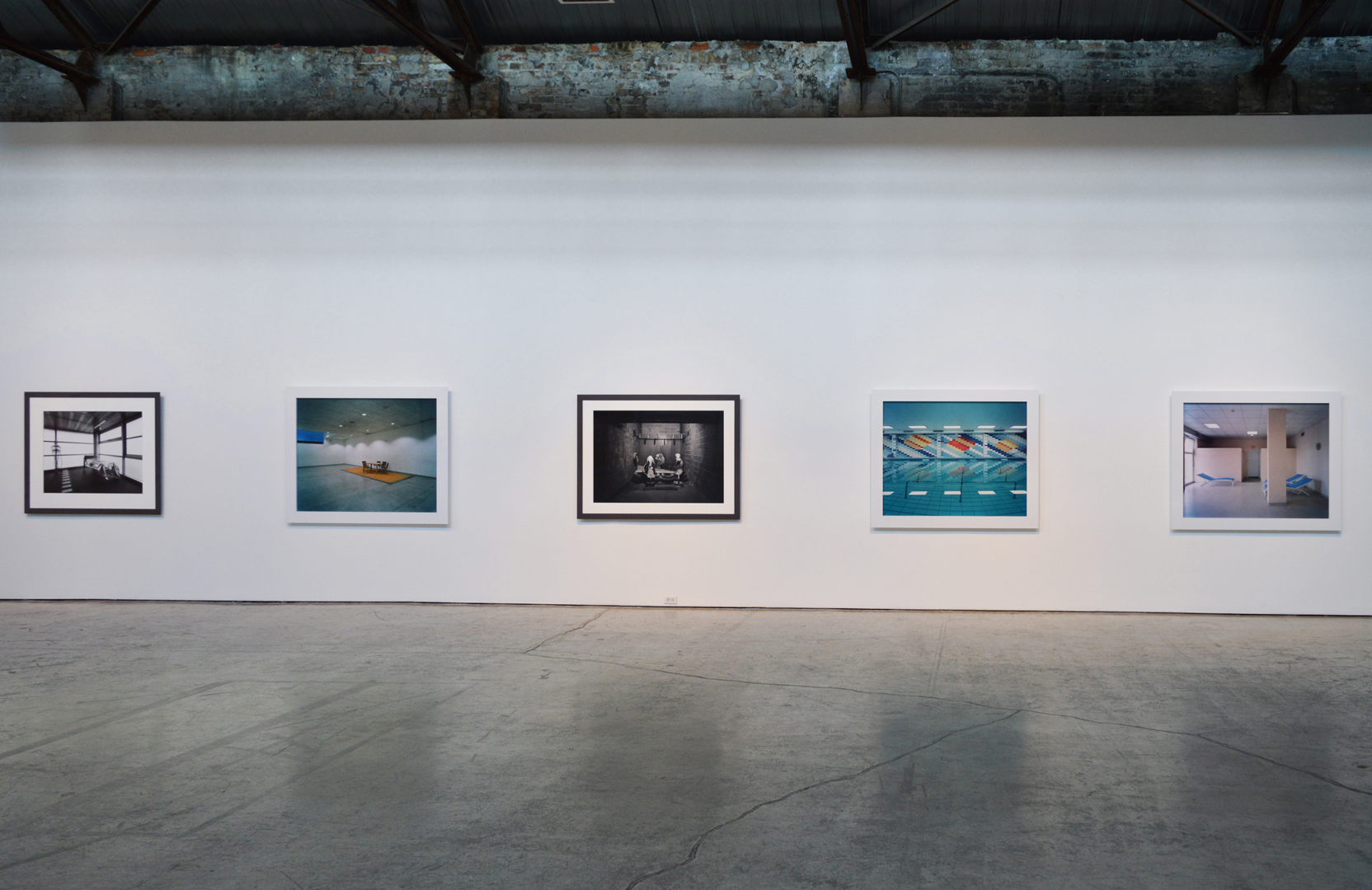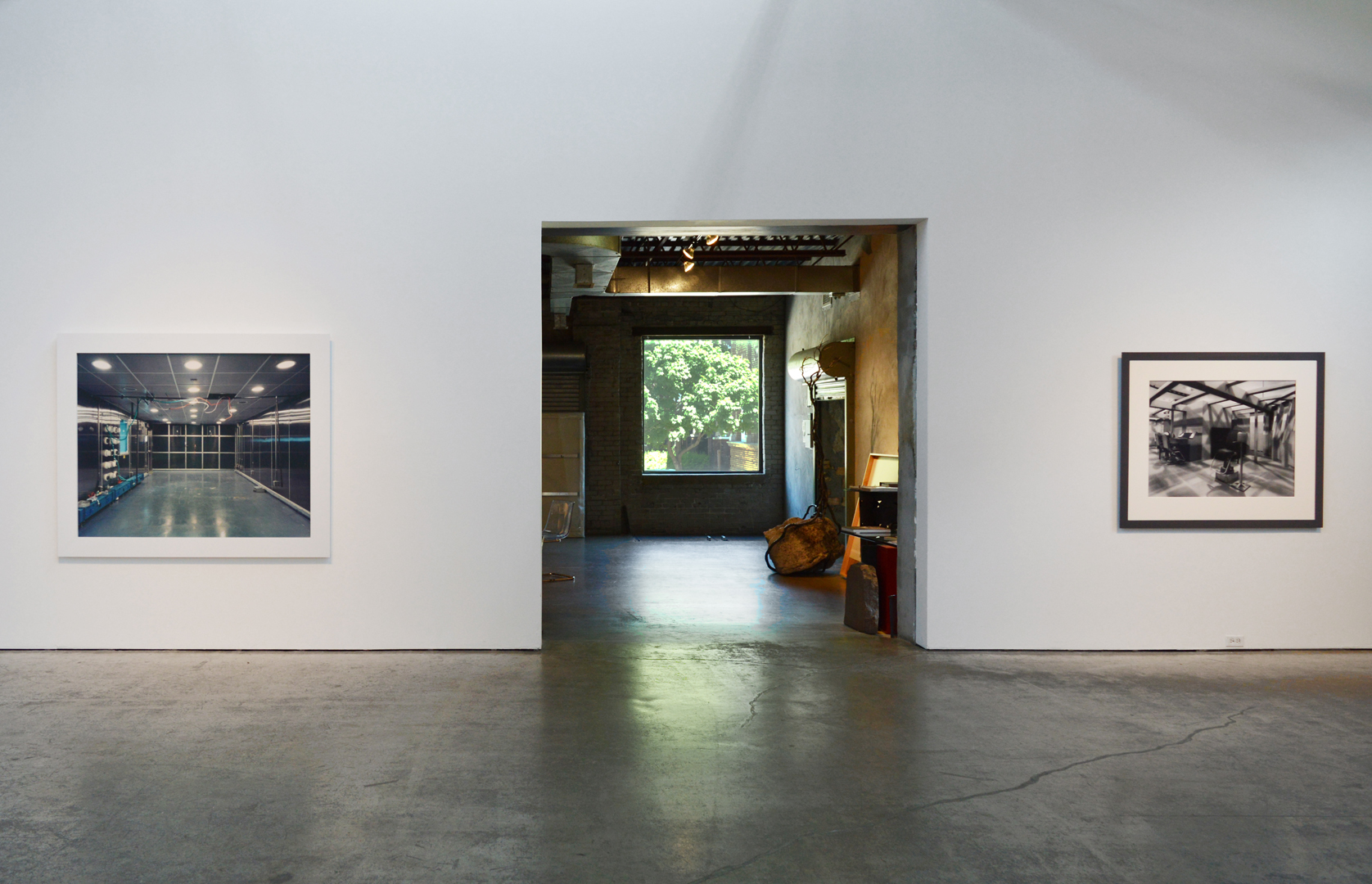A cursory examination of Lynne Cohen’s photographs is enough to reveal how much space humans occupy in the world. We have colonized nearly all of the immediately habitable space on this globe and we continue to impose our existence onto habitats that were perhaps never destined to be our own. Wherever we roam we leave behind an indelible mark. In the event of a species-wide catastrophe, there will be plenty of human detritus for future archaeologists to sift through. We, however, are so familiar with the empty husks of buildings that we need little information to tell us what they are.
Cohen’s photographs present us with a contemporary glimpse at our archaeological footprint. Her images are the evidence of human activities made conspicuous by the absence of their players. When devoid of human occupation, the empty space is laid bare to our unscrupulous gaze. Each picture is full of a million details signifying daily human life on an intimate and industrial scale.
Missing in action, (a military classification for combatants whose status is yet to be determined) is a fitting accompaniment to the military themes that Lynne Cohen has used to describe her work throughout her career. From Cover, Camouflage, and Occupied Territory to No Man’s Land, Cohen has alluded to the tension that exists in our architectural presence on this planet: how we cloak ourselves in materials that often feel more artificial and sterile than our basic animal nature would suggest. How a space behaves when it is purposefully occupied and employed versus when it is bereft of its host and abandoned, and the tension that exists between the two states. What do these spaces mean without their occupants? They are both empty and full of the echo of human presence.
The photographs in this exhibition have been selected from four decades of Cohen’s image making. Each environment sits in patient anticipation of the return of its inhabitants. Cohen’s large prints simultaneously beckon the viewer with their seductive life-like scale and barricade them with their portal-like sculptural frames. While the spaces in the photographs can sometimes feel menacing, it is a comfort to know that in each one Lynne Cohen is standing just out of frame, a human presence warming a cold landscape.
Opening Reception
June 4, 2016 2:00 pm – 5:00 pmArtist Links
Included Artworks
